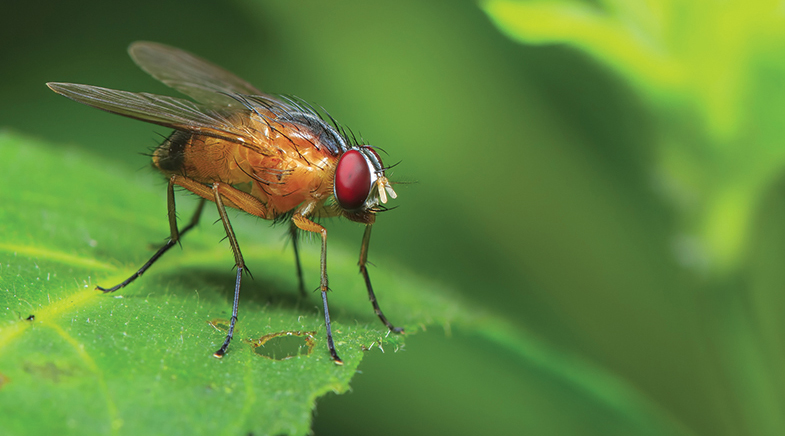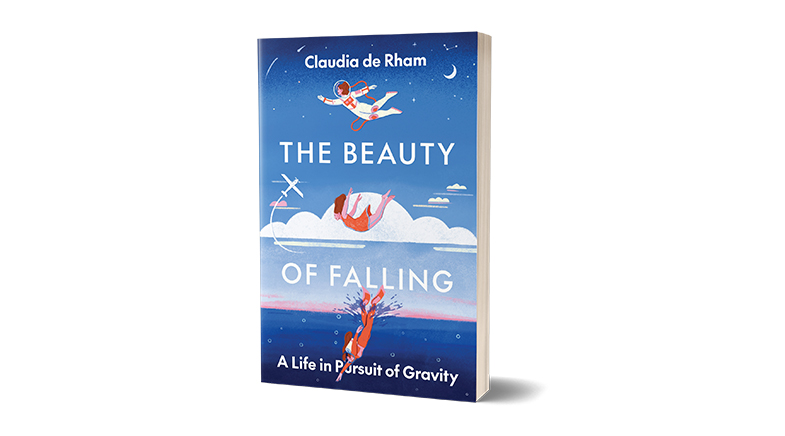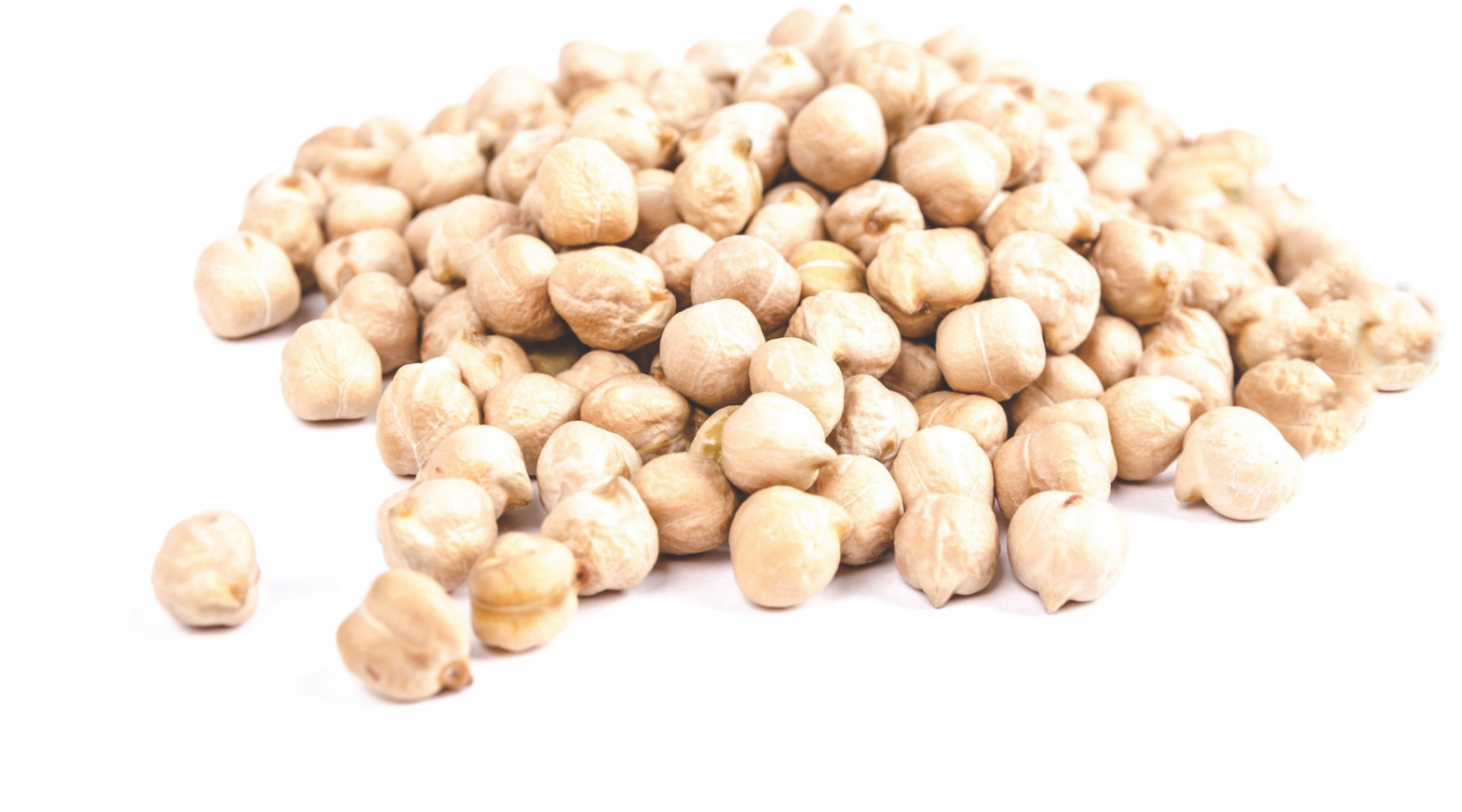Good, bad and deadly
-
- from Shaastra :: vol 01 issue 06 :: Nov - Dec 2022

Pancreatic cancer — one of the deadliest forms of malignancy — may be successfully treated in the future. At present, this form of cancer has a five-year survival rate of less than 10%.
Chemotherapy and radiation – the two most effective ways of treating malignancy – have very limited impact on pancreatic cancer. Further, pancreatic tumour has a core called the hypoxic zone, where there is no oxygen. The subpopulation of tumour cells hiding in this hypoxic core is seen to be three times more resistant to radiation than other cancer cells.
Medical scientists have over the years been able to increase the sensitivity of such recalcitrant tumour cells to radiation by inserting materials such as gold nanoparticles inside the cancerous cells. But while these nanoparticles worked well in the lab, they had a limited impact inside the human body.
Closer examinations showed that they were ineffective because only 0.7% of the intravenously injected nanoformulations reached the tumour cells. There is a natural tendency in the body to absorb them in different organs, particularly in the liver and the spleen.
Now, researchers from India and the U.S., led by Sunil Krishnan, Professor of Radiation Oncology at the MD Anderson Cancer Center in Houston in Texas, have found a way around the problem. In a paper published in Science Advances in early November, the team, which included Pradipta Ranjan Rauta, now with the Asian Institute Public Health University in Bhubaneswar, reported a way to deliver higher concentrations of a gold nanoformulation to pancreatic tumour cells.
The nanorods transformed spontaneously into aggressive cell-penetrating particles when they were around the pancreatic cancer cells.
The scientists encapsulated gold nanorods in a manner that they retained their stealth properties — which help them evade detection, and thus destruction by immune systems — while circulating through the bloodstream. But the nanorods transformed spontaneously into aggressive cell-penetrating particles when they were around the pancreatic cancer cells.
"It's like Dr Jekyll and Mr Hyde – benign, well behaved, not cell-interactive in the bloodstream (i.e., Dr Jekyll), but aggressive, cell-interactive and cell penetrant in the tumor microenvironment (i.e., Mr. Hyde), especially in the most treatment-resistant part of the tumour, where the most aggressive cells reside," says Krishnan, an alumnus of Christian Medical College, Vellore.
This makes the tumour cells in the hypoxic core of the tumour — the most hostile microenvironment within the tumour — vulnerable to radiation, he adds.
The studies on mice have shown that the uptake of nanorods by the tumour cells is substantially high, which may help treat pancreatic cancer and other difficult tumours, says Manzoor Koyakutty, Professor of Cancer Nanomedicine at the Amrita Centre for Nanosciences and Molecular Medicine, Kochi.
One challenge, however, is to reduce the accumulation of gold nanoparticles in the liver and the spleen. "The accumulation may be benign, (but) these organs of the animals used for the experiment are seen to have a good concentration of the gold nanoparticles, even though they are considered benign," Koyakutty says.
Have a
story idea?
Tell us.
Do you have a recent research paper or an idea for a science/technology-themed article that you'd like to tell us about?
GET IN TOUCH














